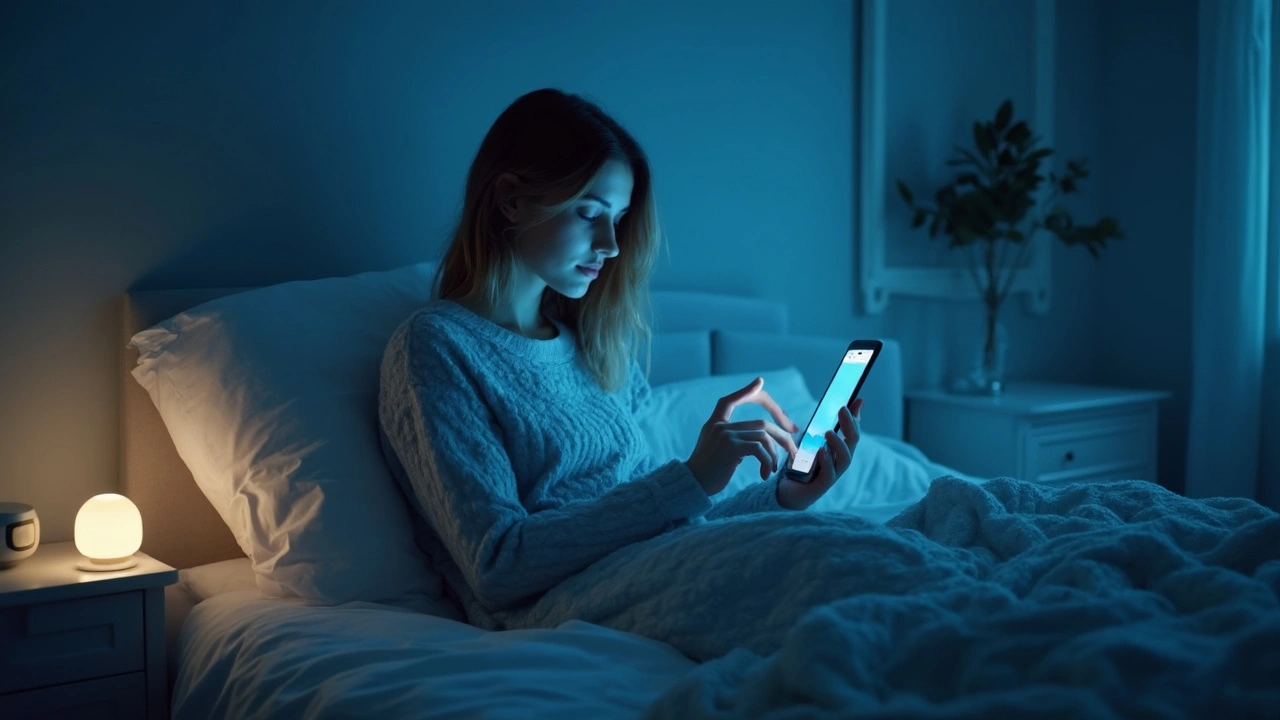Technology in Sleep – Tools That Really Help You Rest
Ever wonder why some nights feel like a full recharge while others leave you groggy? The difference is often the tech you use while you snooze. From beds that read your breathing to sheets that pull moisture away, modern sleep gear can turn a restless night into solid shut‑eye.
Smart Mattresses and Adjustable Beds
A smart mattress does more than just feel comfy. Built‑in sensors monitor heart rate, movement, and temperature, then feed the data to an app that suggests the best sleep window for you. Some models automatically adjust firmness or tilt based on your position, helping keep airways open and spine alignment optimal.
Temperature control is a game changer. Cooling layers powered by water or gel circulate heat away when you start to overheat, while heating zones warm up if you tend to get cold feet. The result? A stable body temperature that lets deeper REM cycles happen without interruption.
Bedding Materials Powered by Tech
Even the sheets you lie on can be high‑tech. Today’s hypoallergenic fabrics combine bamboo fibers with moisture‑wicking technology, pulling sweat off skin and releasing it into the air so you stay dry all night. These materials also resist dust mites and allergens—great news for asthma sufferers.
The best of this category, highlighted in our “Best Bedding for Asthma and Night Sweats” guide, includes blends that feature silver‑ion treatment to kill microbes and breathable micro‑mesh weaves that enhance airflow without sacrificing softness. When you pair such sheets with a smart mattress, the two work together to keep your core temperature steady.
If you’re looking for an affordable upgrade, start with a pillow cover that has built‑in cooling gel or a duvet insert that uses phase‑change material. They’re cheap enough to try out and still give you noticeable comfort gains.
Wearables, Apps, and Simple Hacks
A wrist‑worn sleep tracker can fill in the gaps left by mattress data. By logging light exposure, activity levels, and bedtime consistency, these devices help you spot patterns that sabotage your rest—like late caffeine or screen time.
Most apps turn those numbers into actionable tips: a gentle reminder to dim lights an hour before bed, breathing exercises for anxiety‑related insomnia, or a “wind‑down” playlist that syncs with your sleep stage. The key is to choose one that respects privacy and gives clear, easy‑to‑follow advice.
Finally, keep the bedroom tech-friendly: use blackout curtains, unplug noisy chargers, and set smart lights to dim gradually as you fall asleep. Small tweaks combined with high‑tech gear often deliver the biggest sleep boost.

Delayed Sleep Phase Syndrome can turn your nights upside down, leaving you wide awake while the world sleeps. Luckily, technology is stepping in to help reset our internal clocks. In this article, discover how gadgets and apps can assist in managing sleep schedules, offering practical tips and insights. Learn about the impacts of modern tech on our sleep patterns and the innovations that promise better rest for night owls.
Read more
